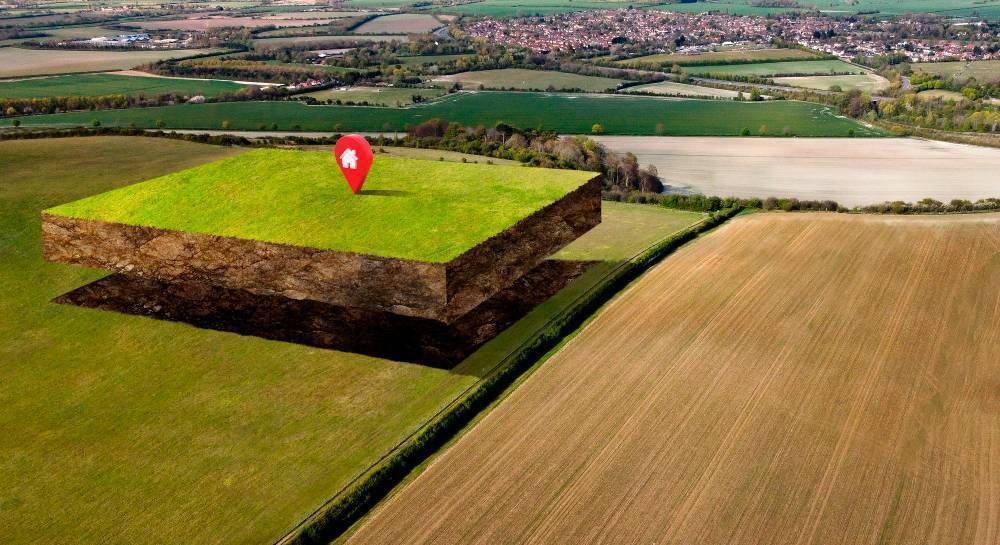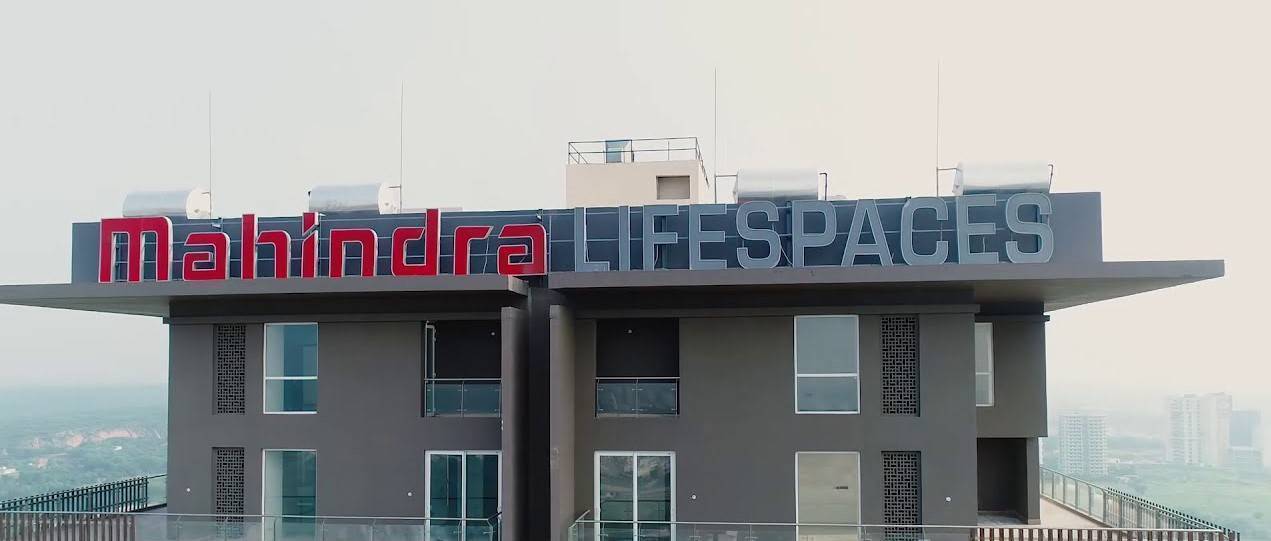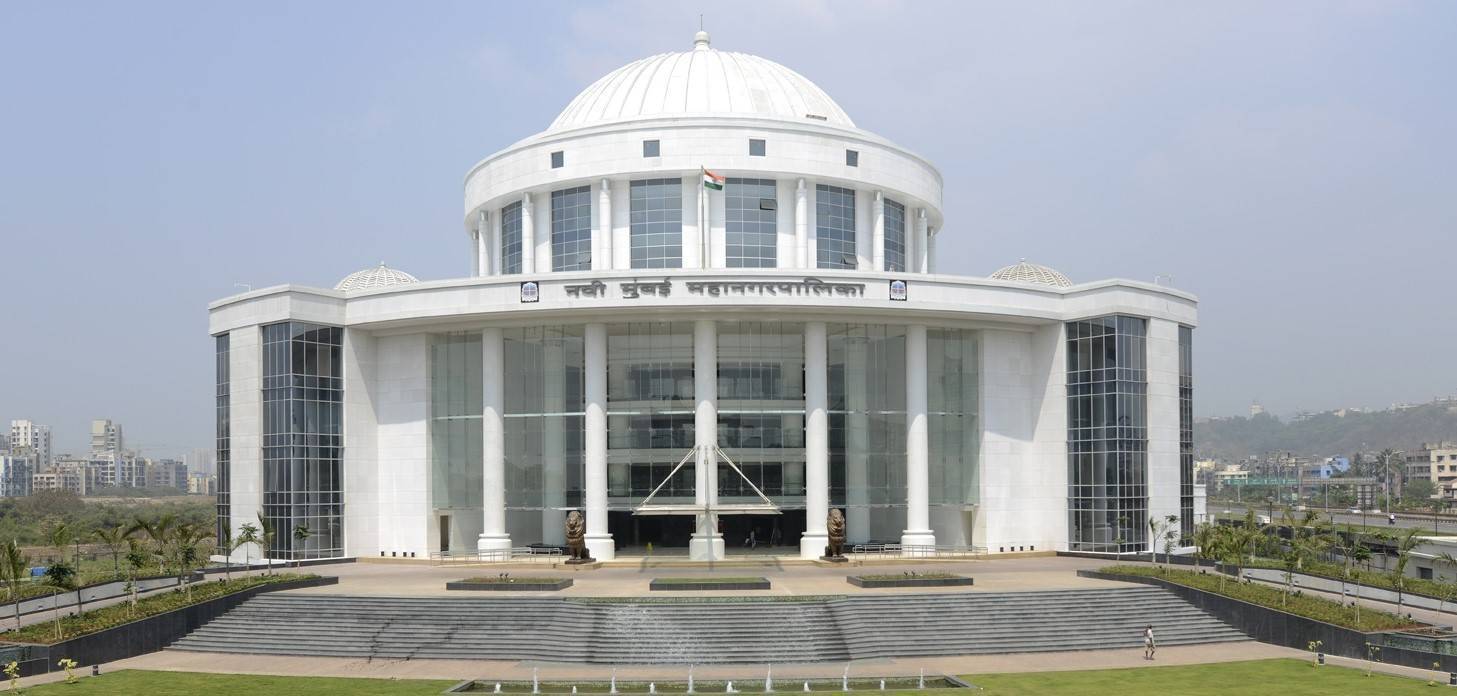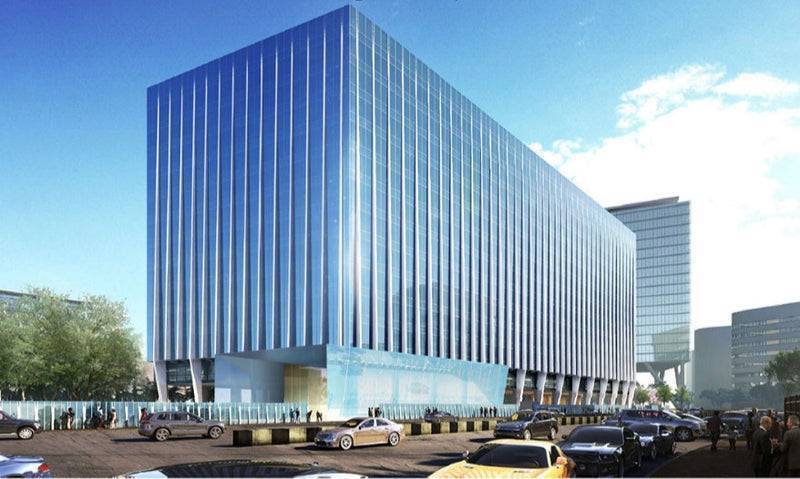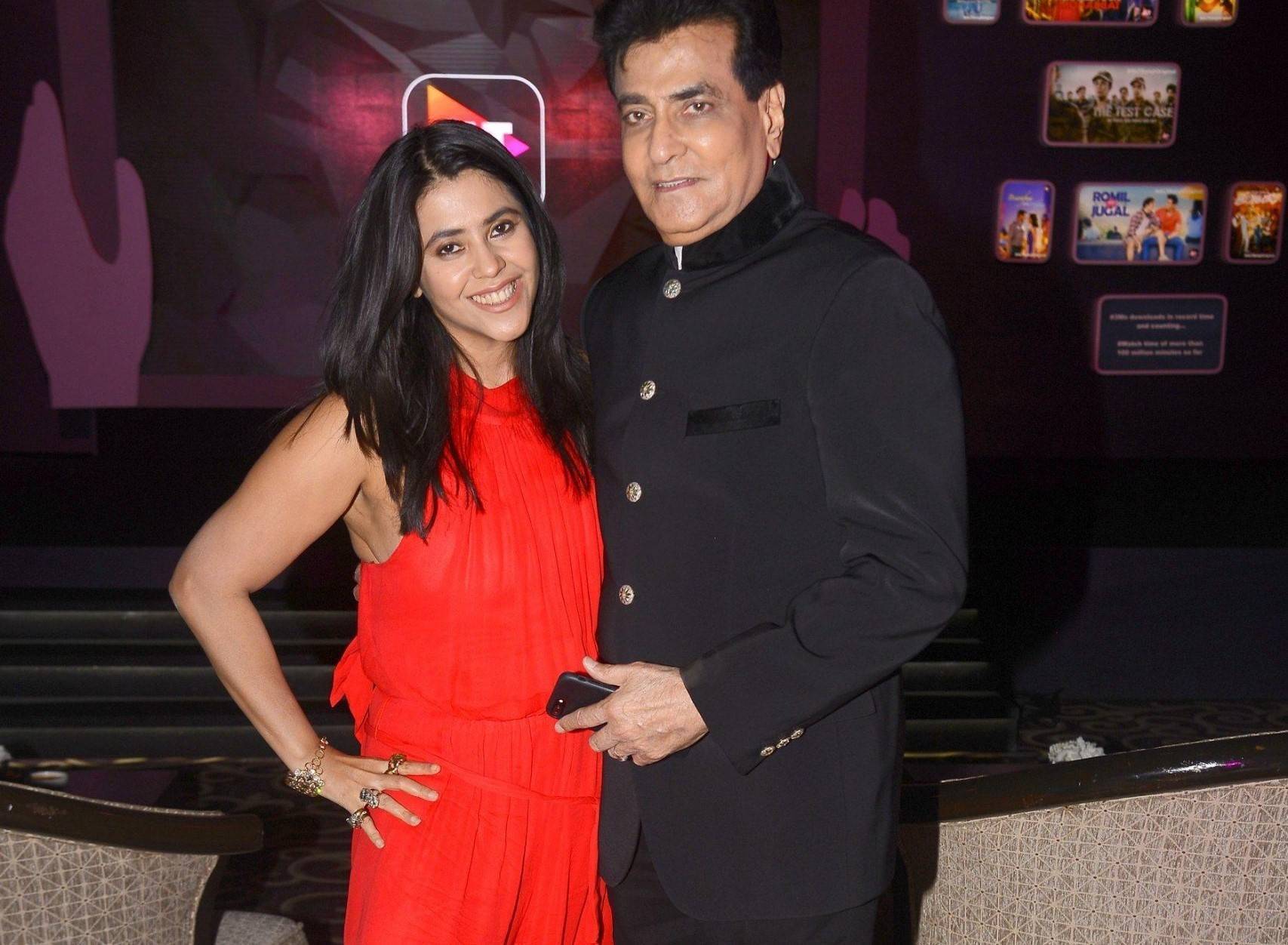BMC Invites Public Suggestions on New DCPR Policy to Promote ‘Iconic Buildings’ in Mumbai
The Brihanmumbai Municipal Corporation (BMC) has proposed a new clause under the Development Control and Promotion Regulation (DCPR) 2034 to facilitate the construction of “Iconic Buildings and Spaces” in the city. The draft Regulation 33(27), released on Tuesday, seeks public objections and suggestions before finalisation. The intent is to introduce structured incentives for projects that display exceptional design, aesthetics, or structural characteristics, potentially altering the architectural landscape of Mumbai in the years to come.
As per the proposed modification, “Iconic Buildings” are defined as those possessing unique or distinctive attributes such as their size, shape, architectural concept, aesthetics, theme, urban integration, or innovative structural design. The policy aims to formalise how such buildings are identified and approved, offering developers the ability to apply for additional Floor Space Index (FSI) in return for exceptional design quality.
In cases where such FSI is granted based on special architectural or design merit, the developer will be required to pay up to 50% of the land rate as determined in the Annual Statement of Rates (ASR). The revenue collected from such premiums will be shared between the BMC and the state government, with the municipal share set at two-thirds and the state government’s share at one-third.
The BMC has also proposed the formation of a special scrutiny committee to review and approve projects applying for iconic status. This committee will be chaired by the Municipal Commissioner and will include the Chief Engineer (DP), the Director of Town Planning from the state government, the BMC’s Municipal Secretary, and experts from multiple disciplines. These include a renowned global architect, a figure from the visual arts community, and a representative from the field of Indian business history. In addition, two external professionals with expertise in architecture or urban planning, one from academia and one from practice, may be appointed to ensure a broad and qualified evaluation of each proposal.
Through this initiative, the BMC aims to create an institutional mechanism for encouraging architectural excellence in Mumbai’s urban fabric. Officials believe that codifying design incentives will motivate developers to propose projects that are both structurally innovative and aesthetically transformative, while remaining in harmony with city planning norms. The provision for expert evaluation is intended to maintain a high standard of scrutiny and prevent arbitrary approvals.
Urban designer Harshad Bhatia welcomed the policy’s direction but stressed that transparency must be ensured in all cases. He said every design awarded FSI for ‘Iconic’ status by the selection committee should be open to public scrutiny to prevent misuse.
The BMC has invited feedback from citizens, professional bodies, developers, architects, and urban planners. Submissions can be made within the stipulated timeframe under the Maharashtra Regional and Town Planning (MRTP) Act, following which the final notification may be issued. Once approved, the policy could become a significant tool in reshaping key nodes of the city where innovative design is both feasible and impactful.

